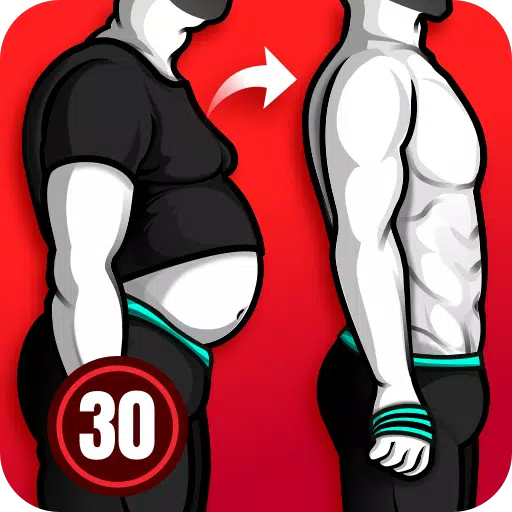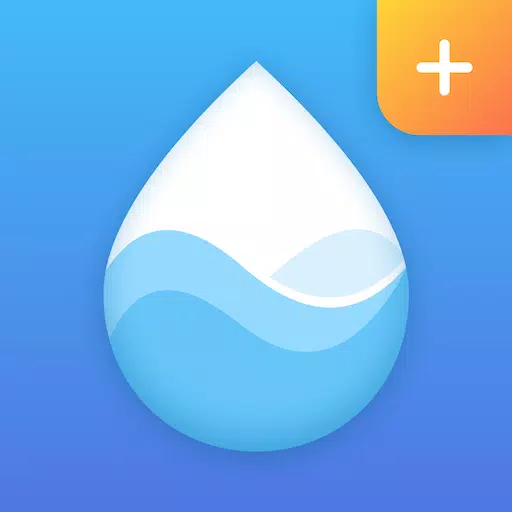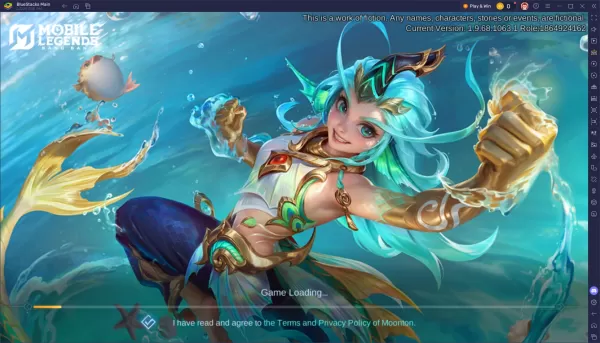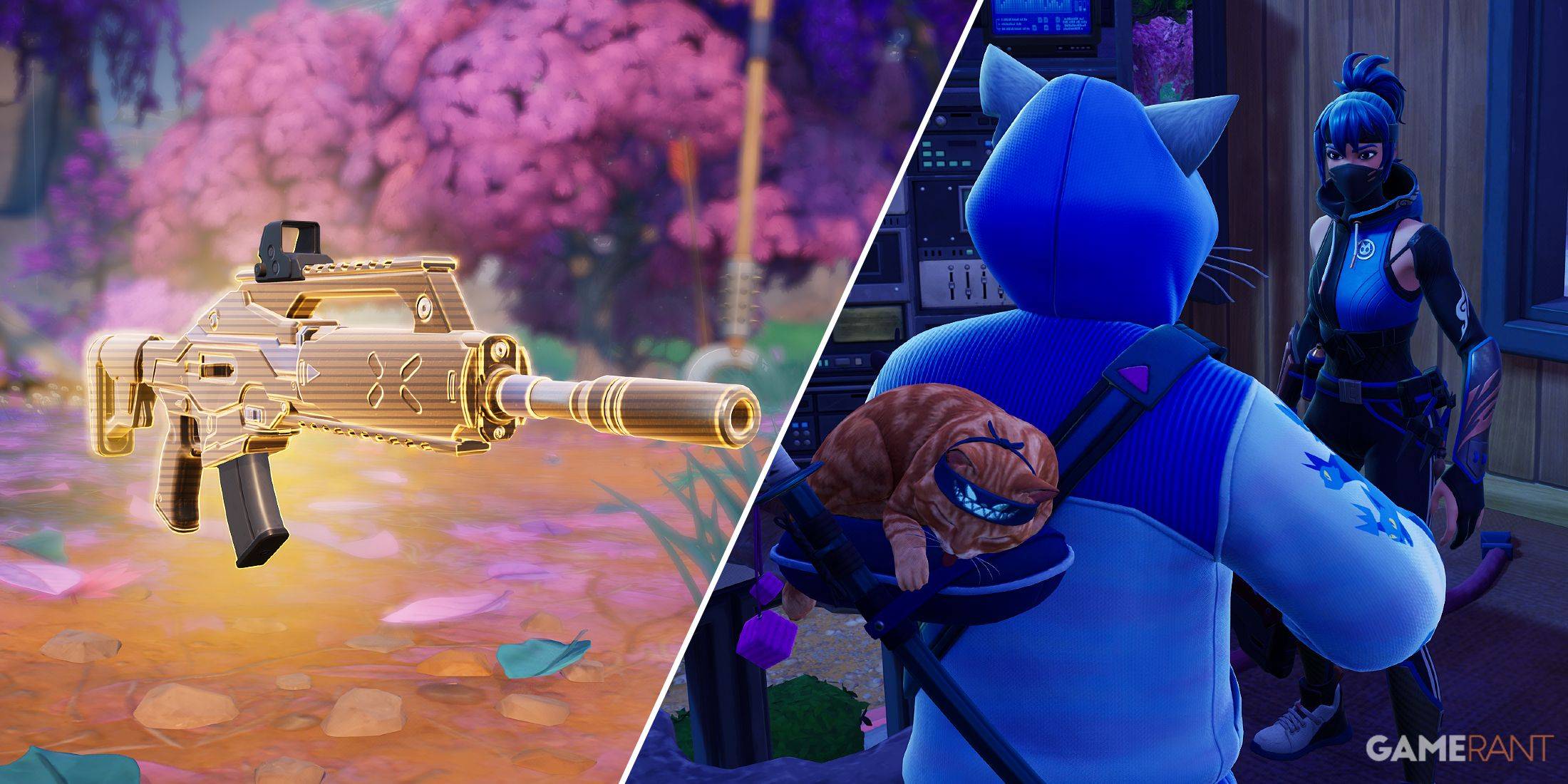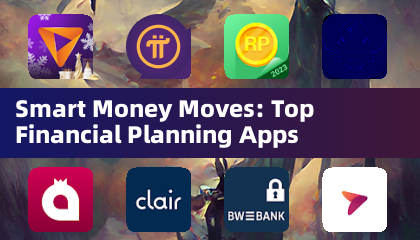Are you struggling to fall asleep at night? Do your children become overly energetic after using tablets before bedtime? If you're using smartphones or tablets in the evening or suffer from light sensitivity during migraines, the Twilight app could be the perfect solution for you.
Recent research indicates that exposure to blue light before sleep can disrupt your natural circadian rhythm, making it difficult to fall asleep. This is due to the photoreceptor in your eyes known as Melanopsin, which is sensitive to blue light in the 460-480nm range. Such exposure can suppress the production of Melatonin, a crucial hormone for maintaining healthy sleep-wake cycles. Studies have shown that reading on a tablet or smartphone for a few hours before bed can delay sleep by approximately an hour.
The Twilight app adjusts your device's screen based on the time of day, filtering out blue light after sunset and applying a soothing red filter to protect your eyes. The intensity of the filter is smoothly adjusted according to your local sunset and sunrise times, ensuring a comfortable viewing experience.
Twilight is also compatible with Wear OS devices, extending its benefits to your smartwatch.
Documentation
For more detailed information, visit the Twilight documentation at http://twilight.urbandroid.org/doc/.
Get More from Twilight
1) Bedtime Reading: Twilight enhances the reading experience at night by applying a more eye-friendly filter, capable of dimming the screen far beyond the standard backlight controls.
2) AMOLED Screens: Our tests show that using Twilight on AMOLED screens for 5 years shows no signs of depletion or over-burning. Proper configuration reduces light emission and promotes even light distribution, potentially extending your screen's lifespan.
Basics on Circadian Rhythm and Melatonin
Learn more about the science behind sleep and light sensitivity:
Permissions
Twilight requires the following permissions to function effectively:
- Location - to determine your local sunset and sunrise times.
- Running Apps - to disable Twilight in specific apps.
- Write Settings - to adjust the backlight.
- Network - to connect with smart lighting systems like Philips HUE, protecting your home from blue light.
Accessibility Service
To extend filtering to notifications and lock screens, Twilight may request the use of the Accessibility Service. This service is used solely to enhance screen filtering and does not collect any personal data. For more information, visit https://twilight.urbandroid.org/is-twilights-accessibility-service-a-thread-to-my-privacy/.
Wear OS
Twilight synchronizes with your Wear OS device, applying the same filter settings as your phone. You can manage these settings directly from a "Wear OS Tile".
Automation (Tasker or Other)
For advanced users looking to automate Twilight, visit https://sites.google.com/site/twilight4android/automation.
Related Scientific Research
Explore the scientific backing for Twilight's effectiveness:
- Amplitude Reduction and Phase Shifts of Melatonin, Cortisol and Other Circadian Rhythms after a Gradual Advance of Sleep and Light Exposure in Humans, Derk-Jan Dijk et al., 2012
- Exposure to Room Light before Bedtime Suppresses Melatonin Onset and Shortens Melatonin Duration in Humans, Joshua J. Gooley et al., 2011
- Effect of Light on Human Circadian Physiology, Jeanne F. Duffy, Charles A. Czeisler, 2009
- Efficacy of a single sequence of intermittent bright light pulses for delaying circadian phase in humans, Claude Gronfier et al., 2009
- Intrinsic period and light intensity determine the phase relationship between melatonin and sleep in humans, Kenneth P. Wright et al., 2009
- The Impact of Sleep Timing and Bright Light Exposure on Attentional Impairment during Night Work, Nayantara Santhi et al., 2008
- Short-Wavelength Light Sensitivity of Circadian, Pupillary, and Visual Awareness in Humans Lacking an Outer Retina, Farhan H. Zaidi et al., 2007



